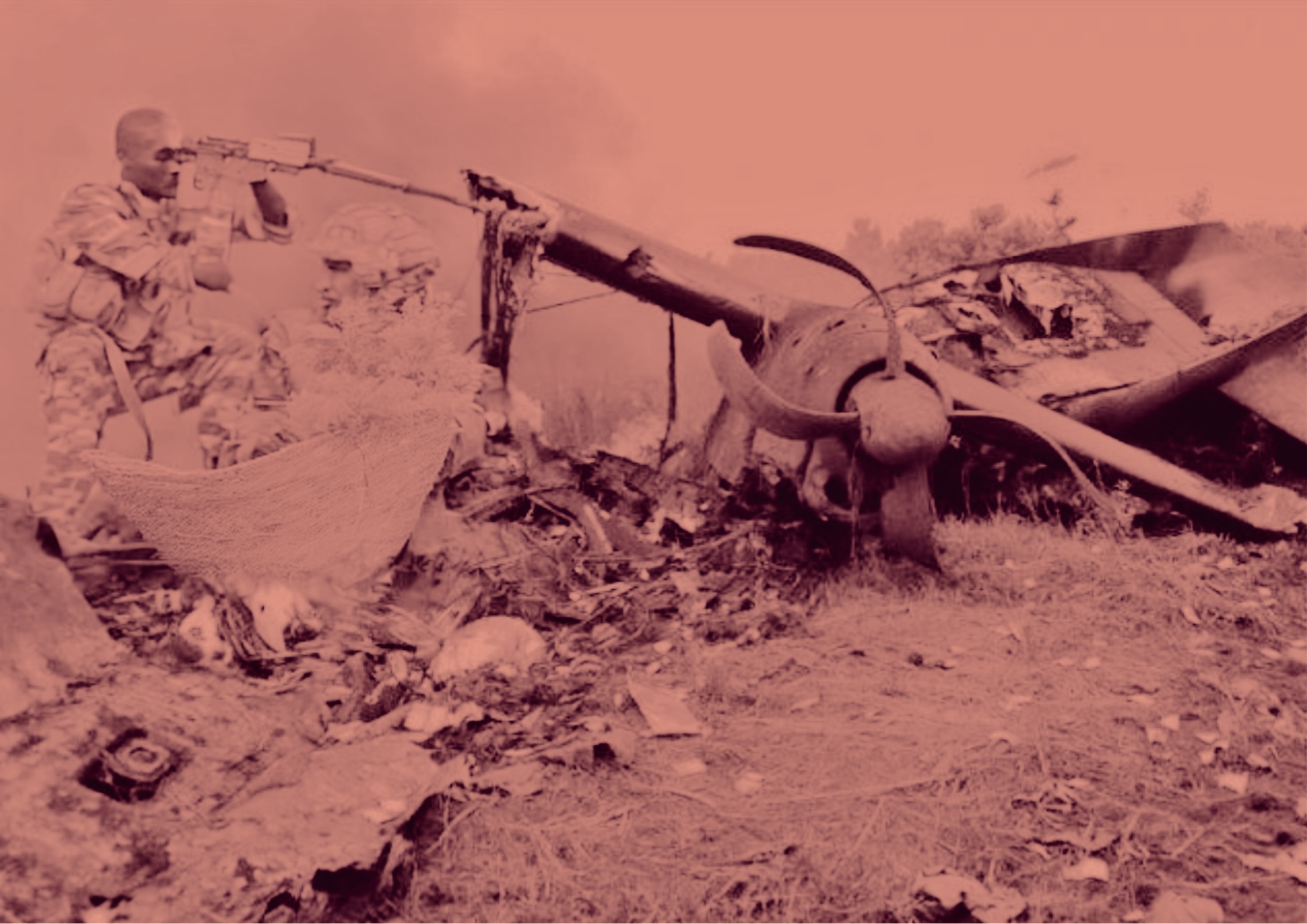From Nyala to Omdurman, Sudan’s ageing fleet meets a fiery end
6 March 2025
On 24 February, the paramilitary Rapid Support Forces shot down one of the Sudanese army’s aircraft flying over Nyala, South Darfur State. For a brief moment, reports of an advanced air defense breakthrough in Sudan’s civil war dominated social media. It was a compelling claim: the Rapid Support Forces (RSF) had allegedly shot down a large, Russian-made Ilyushin-76 military cargo plane over Nyala using sophisticated missile systems. If true, it would signal a dangerous escalation in Sudan’s conflict.
Indeed, aviation experts, cited by Reuters, identified the wreckage as likely an Ilyushin-76 cargo plane, the same kind that crashed in North Darfur in October last year.
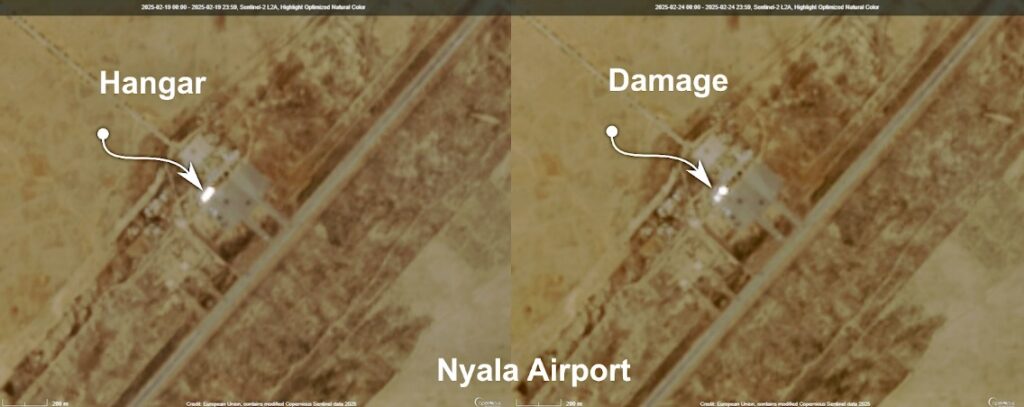
But an open-source investigation by Ayin suggests the aircraft downed was not an Ilyushin-76 (IL-76), but more likely an older Russian cargo plane. The RSF did not need sophisticated air defense capabilities but more common anti-aircraft weaponry.
Satellite imagery, debris analysis, and survivor evidence suggest the RSF likely brought down an aging Soviet-era turboprop with conventional anti-aircraft weapons.
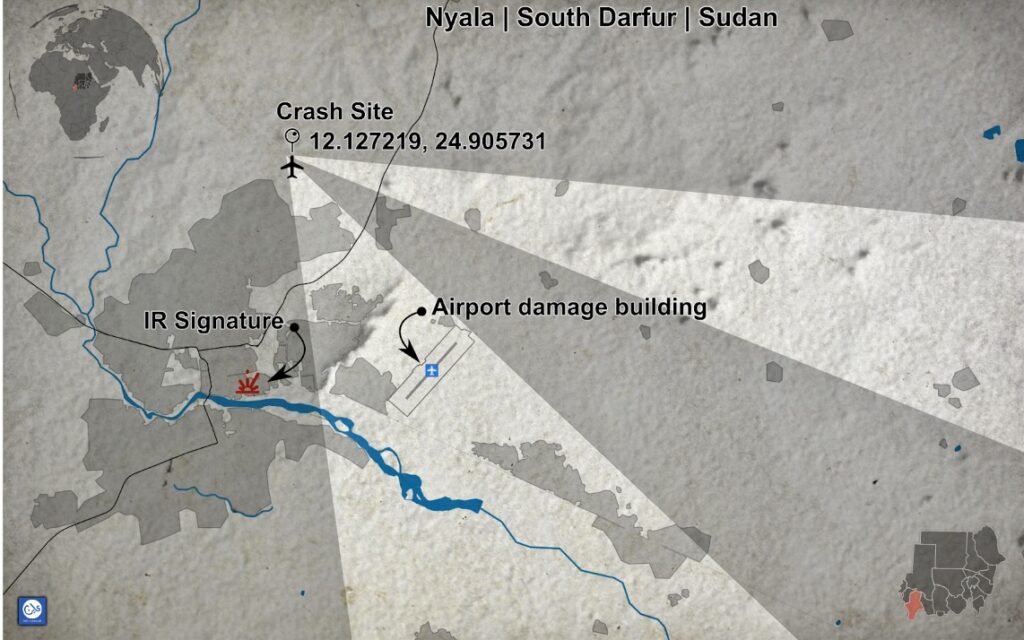
A panicked evacuation?
Satellite imagery and OSINT analysis suggest the aircraft was likely maneuvering from the south and dropped a bomb near the airport. At that moment, RSF ground forces opened fire, engulfing the aircraft in chaos. According to a report by Darfur 24, eyewitnesses said the airplane dropped bombs in Nyala prior to the crash and that they had heard intense anti-aircraft fire.
The trajectory of the wreckage suggests the pilot may have attempted evasive action, but within moments, the damage became catastrophic.
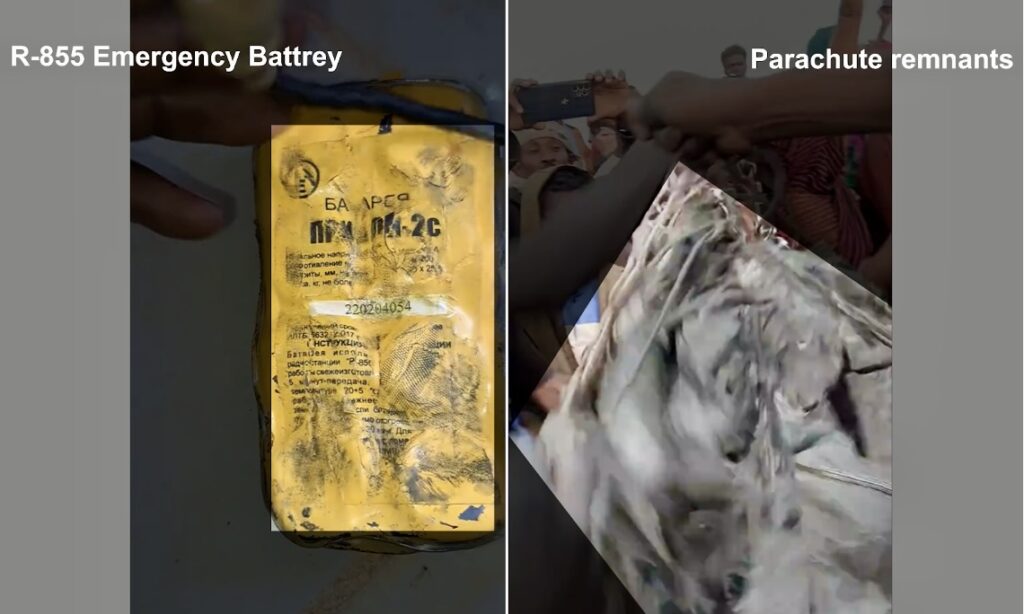
Aboard the aircraft, at least one crew member panicked as the situation spiraled out of control. Evidence recovered at the site, including an emergency radio and remnants of a parachute, suggests one crew member may have attempted an evacuation mid-flight, though unsuccessfully. A severed arm of a Caucasian male, found at the crash site and celebrated by RSF fighters in video footage, suggests he was thrown farthest from the explosion’s epicenter.
This detail is significant. High-impact explosions typically leave human remains unidentifiable due to severe burns, yet this individual’s remains were partially intact, implying he was further from the blast than the others. Whether he successfully ejected or was caught in the wreckage remains unclear, but the scene explains the chaotic final moments inside the aircraft. A review of previous aircraft crash patterns shows that severe burns are typical in high-impact explosions, often leaving human remains unidentifiable in terms of skin tone or features. The fact that one crew member’s remains were identifiable suggests they were positioned farther from the explosion’s epicenter, supporting the hypothesis that they successfully ejected before impact.

Misinformation surrounding the downing of the aircraft was largely driven by early misidentifications of equipment. The engine, for instance, lacked the distinct turbine vanes and blades used by the I-76; instead, the visible propeller components suggest a turboprop engine, indicating an older, Soviet-era aircraft. Other factors, such as the presence of nose-wheel brakes, are features rarely found in modern military cargo planes but common in older, Soviet-era aircraft. Even the R-855 emergency battery and radio identified at the crash site were developed in 1959.
The Sudan War Monitor cited local reports saying Maj-Gen. Abu Al-Gasim Al-Madani, a senior commander in the Air Force, had died in the crash along with several others. Abu Al-Gasim had been involved in a 2019 coup attempt to restore the Islamist regime of Omar al-Bashir, shortly after the latter’s fall from power, orchestrated by former Army Chief of Staff Hashim Abdel Muttalib.
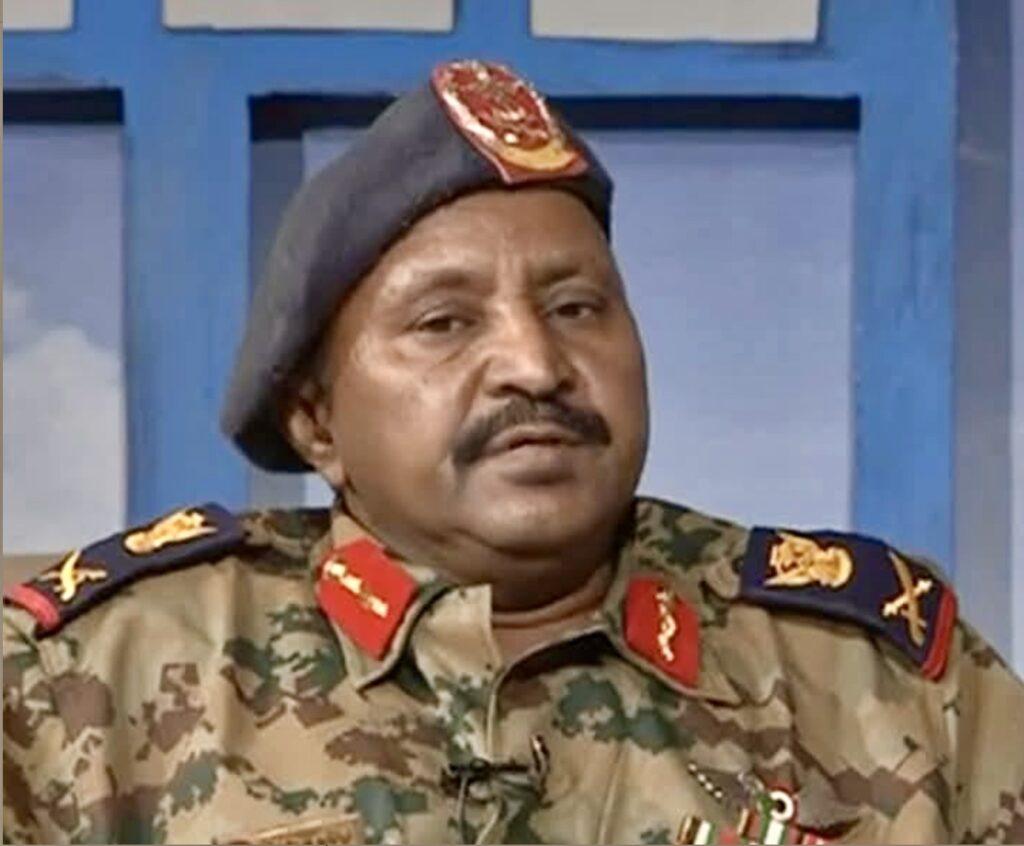
Omdurman: Another crash
Immediately following the Nyala crash on 25 February, another old army aircraft, an Antonov, crashed near the military’s Wadi Saedna Air Base in Omdurman. At least 46 people died and 10 were injured after the military plane crashed after takeoff, hitting the army-controlled al-Thawra neighbourhood of Omdurman. The cause of the crash is unclear, but military sources have been quoted as saying that it was likely to have been a technical malfunction.


